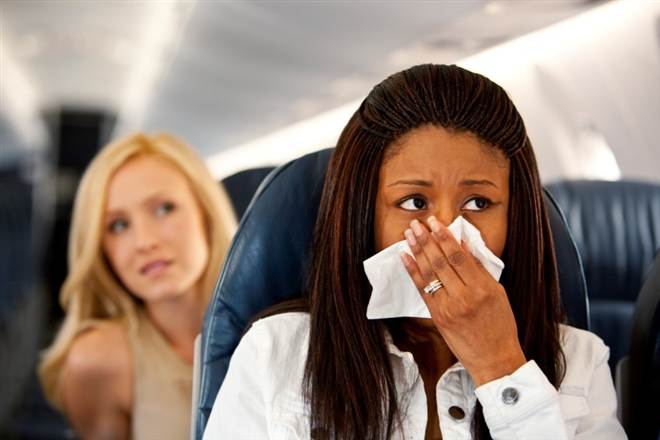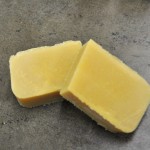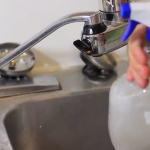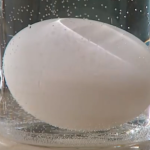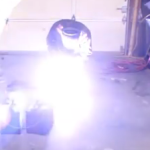Identifying and Reducing Risks of Cross Contamination
Cross contamination is a fancy way of describing coming into contact with a contaminant that originated from somewhere else. The most common forms of exposure stem from poor food handling practices and sanitation. Everything from catching the common cold to getting food poisoning can be traced back to cross contamination. Our bodies are exposed to a myriad of harmful organisms and substances throughout the course of our lives. This exposure helps to build our immune systems and make us stronger. However, as most of us have experienced, exposure can also make us sick.
Sanitation
Basic sanitation, such as not using the same utensil to prepare different kinds of foods before washing or not cleaning household surfaces and objects, is all that it takes to prevent exposure. However, many people simply do not follow basic practices and end up getting sick as a result. Not only that, but their contact with objects and other people can also contribute to the spread of that particular contaminant.
While this may only lead to a minor bout with an illness and a relative inconvenience, poor sanitation can lead to serious health risks and even death during a survival situation. This is why it is particularly important to consider sanitation as a top priority in your planning and preparedness efforts. Unfortunately, many of these contaminants are hard to see with the naked eye.
Bleach, heat and soapy water are surprisingly effective ways to kill pathogens and sanitize everything from silverware and dishes to toilets and counter tops. However, its important to know the extent of contamination as well as the effectiveness of various cleaners in order to make sure things are as clean as possible.
Simple Test
The easiest way to see germs and pathogens is by examining surfaces with a black light. Black lights highlight areas of contamination by contrasting them with their surroundings. You can buy a portable black light for a few dollars and use it to check the cleanliness of surfaces in seconds. Just turn off the regular light and shine the black light over the area of concern.
You can also make an improvised detector by adding a small modification to the camera of your phone or tablet. All you need is some scotch tape and a blue and purple sharpie marker.
Place a piece of scotch tape over the flash on your camera. Generously mark the tape with the blue marker and blow it dry. You want a nice, even fill, so feel free to add a couple of coats before placing another piece of tape on top. Repeat the process with the purple marker and cover with another layer of tape. Do this two times for each color.
All you need to do now is turn off the lights, turn on the flash so it runs continuously, and it will immediately identify areas that are contaminated. You can also take a picture of an area with the flash and capture the image as well. You will be amazed at how many objects and surfaces are tainted with bacteria and other germs, even after you think they have been thoroughly cleaned.
You can use this trick anywhere, from inside your home to a tray table on an airplane. You can apply some sanitary napkins, rubbing alcohol, spray or bleach to the contaminated surfaces for a quick, yet thorough cleanse. You can also kill off most organisms with hot, soapy water and a good scrub and rinse without the need to use chemicals.
Try this trick out for yourself, and see how effective your cleaning habits really are. This is a great way to compare and contrast different approaches and products to determine which ones work best as well. Good sanitary practices along with having a way to detect contaminants will go a long way with respect to preventing illnesses, and it should be incorporated with your overall preparedness strategies at all times.
More Articles From This SIte
Pages:
- 1
- 2


